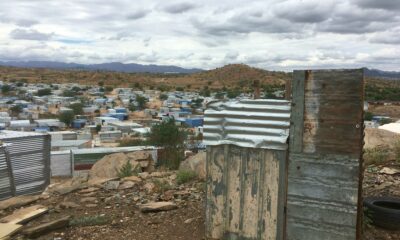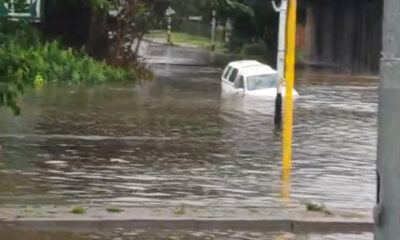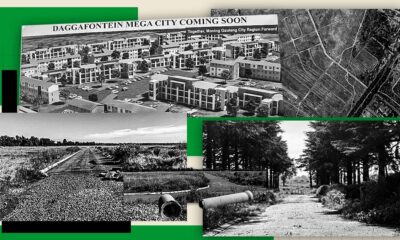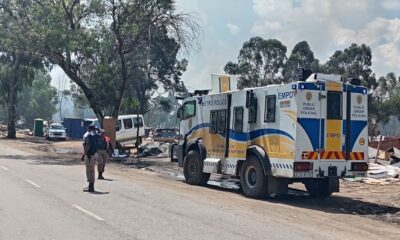Best of Johannesburg
The Real Cost of Rebuilding in Informal Settlements: Who Pays in 2025?

Picture this. You finally scrape together money for a small truck of sand. The supplier drops it at the settlement entrance. The last mile is on you. You pay a neighbour to move it by wheelbarrow, and the price jumps. That small gap is the poverty penalty, and it shapes how millions build, repair, and live.
In Johannesburg and across the region, upgrading informal settlements is not only an engineering project. It is a question of who carries the bill, who carries the risk, and who must stretch every rand.
Who pays the most
In South Africa, the public sector carries the bulk of the cost. National funding flows through three main grants to provinces and metros. The Informal Settlements Upgrading Partnership Grant supports settlement-wide improvements. The Urban Settlements Development Grant helps metros finance bulk and basic services. The Human Settlements Development Grant funds top structures once sites are serviced. For 2025 to 2026, the national human settlements budget sits just above R34 billion, with just over ninety percent transferred as grants to provinces and metros. The programme target this year includes about 99,000 serviced stands with supporting infrastructure.
What residents still pay
Residents are not bystanders. Communities routinely contribute labour, savings, and time. Many pay more for the same bag of cement or stack of roofing sheets because delivery trucks cannot get into narrow lanes or up eroded roads. Small loads cost more. Repairs are more frequent when cheaper materials are all that is available. Across African cities it is common for low-income households to spend a significant share of their monthly budget on materials for small upgrades, often just to keep homes safe from the next storm.
Why costs climb inside settlements
Road access, transport, storage, and security all add invisible markups. A bag of sand moved by hand from a settlement entrance can cost half again as much as a pavement drop-off in a formal suburb. In hillside or flood-prone locations, suppliers often refuse doorstep delivery. People pay for short-haul carriers, loaders, and overnight guarding. The result is a quiet premium on poverty that chips away at progress.
What Joburg readers should watch
Funding names and totals matter, but delivery is decided where budgets meet streets. In metros the Urban Settlements Development Grant is a workhorse for water and sanitation backlogs. The Local Government Equitable Share subsidises free basic services for poor households and is calculated per indigent household. When you see blocked drains or broken standpipes, those are the pots of money meant to fix them. Track them. Ask when your ward’s settlement plan was last updated. Push for practical items like all-weather access, safer pedestrian routes, and community storage points for materials. These small fixes cut the poverty penalty fast.
The bottom line
Government foots most of the bill for upgrading. Communities pay too, in cash, in sweat, and in the hidden extras that come with living off the main grid of a city. A fair rebuild means transparent budgets, simple logistics that reduce last-mile costs, and a real community voice in decisions that set service standards and timelines. Do that, and money goes further, homes last longer, and the next load of sand does not break the bank.
Also read: Eviction from Vacant Land in South Africa: 2025 Rights
Follow Joburg ETC on Facebook, Twitter, TikTok and Instagram
For more News in Johannesburg, visit joburgetc.com
Featured Image: Brookings Institution



























